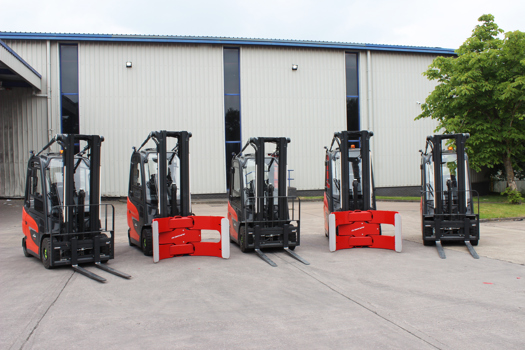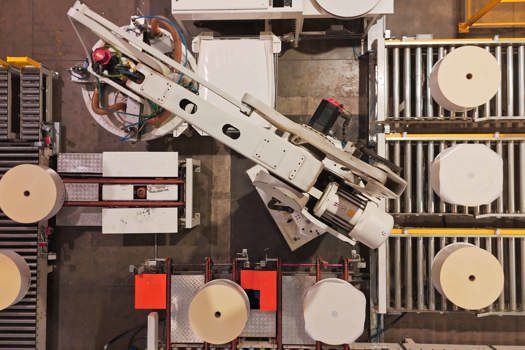Océ’s VarioPrint 6000 range boasts some of the greenest, meanest digital presses on the market and, as of next year, printers wanting to snap up a second-hand version should have plenty of options to choose from. Launched in late 2006 after a high-profile preview at Ipex in the spring, the monochrome 6000 range, which is targeted at the print-on-demand book sector, hit the market with the aim of fulfilling printers’ growing need for speed. An immediate contender for fastest model in its class, the flagship 6250 was capable of producing 250 A4 pages per minute and laid claim to being the quickest cut-sheet perfecting digital press on the market.
The print engine on the VarioPrint range is the standard Océ CopyPress model, which uses LED technology to develop images on a belt, transfer these images on to an intermediate belt and transfer from the intermediate belt on to the printing heads, which then transfer the image on to the paper. Other benefits of the LED technology include the generation of less static electricity and the fact that the machine is virtually ozone free in operation, according to the company.
Environmental effort
The VarioPrint’s green credentials moved up a notch in October 2007 when the company announced that it was making the 6000 series ‘carbon positive’. Océ benchmarks the 6000’s environmental performance and energy consumption and the remaining impact of its energy consumption is offset with the gold standard Carbon Positive scheme. According to Ed Hudson, Océ UK marketing manager, the Carbon Positive Plus+ scheme, which is run in conjunction with strategic partner Shining Earth, sees the company offset 200% of the operational CO2 for the 6250 model, essentially meaning that the environmental impact of the press is offset for 10 years.
Its green credentials clearly struck a chord with customers with the machine racking up a healthy number of UK installations within six months of launch – sales have continued at a strong rate ever since. A number of models have been added to the range, including the VarioPrint Ultra 6320, which produces 314 A4 images, or 155 duplex A3 sheets, per minute. Unveiled at Print 09 the machine was 25% faster than the 6250 and even outstripped the 300 pages per minute (ppm) Kodak Digimaster and the Xerox Nuvera 288.
The 600x1,200dpi VarioPrint range was also bolstered by a 160ppm and 200ppm machines, christened the 6160 and the 6200 respectively. As the range grew in popularity, finding favour among printers in the financial and higher education market, Océ also launched what was described as a "temporary speed licence" last year. This allowed users of the 6160 to buy an upgrade to print at 250ppm rather than 160ppm for a month at busier times of the year.
When it was unveiled in 2006, the 6250 with Smart Image Controller and one paper input module (four trays) was available from £250,000 – the new 6320 costs £275,000. Second-hand models are few and far between, according to Hudson, but a number of 2006 machines will come to the end of five-year contracts next year so it’s likely more will filter on to the market then. Those few that do come back to the manufacturer at the moment are recycled and sold again. For a used 6160, expect to pay anywhere from £65,000 upwards.
Regardless of how long a machine has been in operation Hudson says the presses are incredibly durable and reliable. "These machines are guaranteed for a billion impressions so, even if they’ve been completely hammered, they will probably only have a couple of million impressions on the clock."
The VarioPrint range is still very much part of Océ’s plans and is being taken on by Canon as one of its core products. Expect to see it around for some years to come.
SPECIFICATIONS
Max speed 250ppm A4 duplex
Max sheet size 320x488mm
Stock weight range 50-300gsm
Max resolution 600x1,200dpi
Price
New 6250 with Smart Image Controller and one paper input module (four trays): from £250,000
Used: 6160 from £65,000
What to look out for
• General wear and tear









